Experiencing milk blisters, nipple blebs, or so-called white spots on your nipple is a common occurrence for breastfeeding mothers. It is typical to notice white spots on your nipple accompanied by painful sensations.
18 Ductal Openings?!
Did you know that women have 4 to 18 ductal openings instead of the commonly assumed one per nipple? Breast milk doesn’t flow out from a single main opening but through many small pores. When one of these openings becomes blocked, breast milk cannot flow freely, similar to a jammed highway, and may result in a lump if not addressed promptly.
What are Milk Blebs?
When a nipple pore is clogged, you may see white or yellow spots at the opening. Milk blebs form in two ways: either when a tiny bit of skin overgrows the opening of the nipple and creates a blockage in the duct, or through the formation of a string of hardened or fatty milk within the duct.
Some breastfeeding mamas find the bleb painful, while others might not even notice its existence. When you see white spots, it's important to treat them properly immediately before they develop into a lump or mastitis. Believe me, mastitis is everyone’s nightmare, and you wouldn’t want to experience it even once.
Related articles → Mastitis wasn't built in one day
5 Tips to Treat Milk Blisters or Blebs
Some useful lists we compiled for you to “open sesame” clogged ductal openings:
- Get cotton balls soaked in olive oil. Place the cotton balls on your nipple for 5-10 minutes, then start to massage the blocked area. This could help remove the skin that is potentially covering the pore.
- Make sure your baby's nose is pointing towards the clogged duct while breastfeeding; the baby's suction can help loosen the blockage.
- Hand expresses it out. If you’re not averse to pain, you can try to force the milk out by applying pressure on the duct. Tip: take a hot bath before squeezing it. Squeeze it just like you’re squeezing a pimple.
- Use a hot compress before nursing, and ice packs or cabbage leaves after nursing on your breasts.
- Wear a Crossover Maternity Bra instead of a tight-fitting underwire maternity bra to avoid putting pressure on the breasts.
Some friendly reminders to keep in mind:
- Blebs can reoccur, so make sure to check your breast after nursing your baby to ensure milk is completely removed from ducts.
- White spots can't stop you from breastfeeding; keep nursing or pumping as you normally do.
- Having white spots, blebs, or blisters is common, so don't feel bad if you have them.
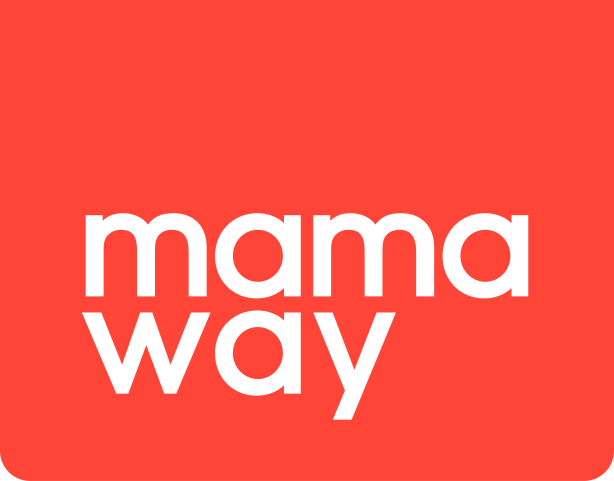

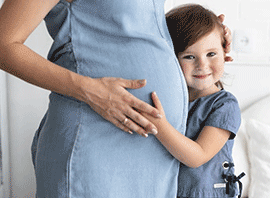
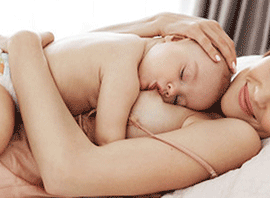
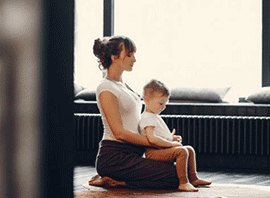
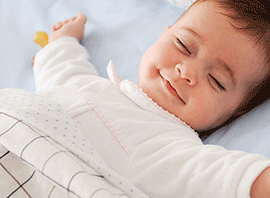




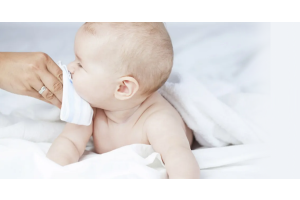
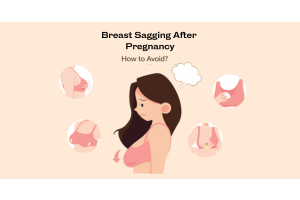
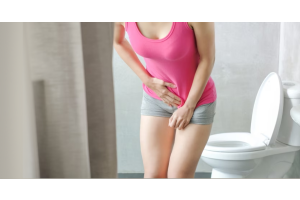
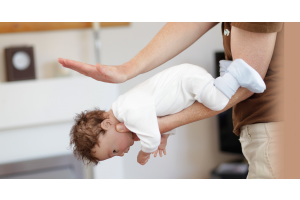
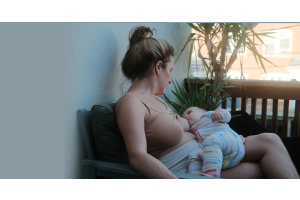
Validate your login
Sign In
Create New Account